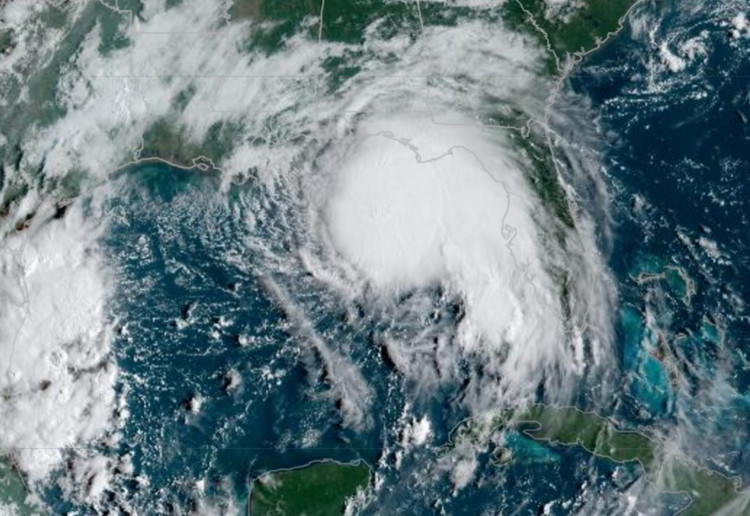As the Midwest experiences a meteorological anomaly, record-breaking warmth akin to springtime conditions paves the way for a series of unusual severe weather events, including potent thunderstorms poised to sweep across the region. This unexpected turn of events, characterized by dramatic temperature fluctuations and severe weather risks, underscores a new climate reality that challenges conventional seasonal expectations.
Early this week, the Midwest finds itself on the brink of an extraordinary weather phenomenon, as an influx of unseasonably warm air sets the stage for thunderstorms more typical of May than February. The clash of significantly different air masses, fueled by a surge of moist air from the Gulf of Mexico, creates a ripe environment for severe weather, including the potential for tornadoes, large hail, and damaging winds. "These kinds of storms are possible at any point in the year if the atmospheric conditions are right," notes a weather expert, highlighting the unpredictable nature of today's climate patterns.
As the storm system advances, hundreds of daily temperature records are under threat, with some areas potentially witnessing all-time monthly highs. This wave of warmth, extending over the eastern two-thirds of the US, brings not only heightened temperatures but also elevated humidity levels, further amplifying the risk of thunderstorms. By Tuesday, a Level 2 of 4 risk of severe storms looms over parts of Missouri, Illinois, Wisconsin, Indiana, Michigan, and Ohio, putting major cities like Chicago, St. Louis, and Indianapolis on high alert for disruptive weather.
The timing of these storms is critical, particularly in southwestern Michigan, where voters heading to the polls for the Presidential primary on Tuesday might face evening thunderstorms. In Chicago, the greatest risk for severe weather is anticipated late Tuesday afternoon into the evening, with St. Louis facing a similar timeline extending into early Wednesday morning. The primary threats from these storms include damaging wind gusts and large hail, although the possibility of tornadoes cannot be entirely dismissed.
As the system progresses eastward, the risk of severe weather diminishes by Wednesday, giving way to cooler temperatures and a potential wintry mix in some areas, such as Chicago, where temperatures are expected to plummet dramatically within a 24-hour span. This abrupt temperature drop, from highs in the upper 60s and 70s back down to the low 30s, exemplifies the thermal whiplash that has become increasingly common in the region.
Forecasters emphasize the localized nature of the severe weather threat, with a narrow window of one to two hours of intense thunderstorm activity expected in areas like Michigan. "It's going to be an evening and overnight thunderstorm situation," explains a meteorologist, advising residents to prepare for a "rare winter stormy evening and overnight." The storms' trajectory, moving from southwest to northeast across Lower Michigan, suggests a late evening peak in severe weather, with the potential for large hail posing significant risks to property.
As the Midwest grapples with this unusual weather pattern, the broader implications of such events become clear. Winter, traditionally the coldest season, is now the fastest-warming season for nearly 75% of the US, a stark indicator of the broader impacts of human-caused climate change. With above-average warmth likely to persist through early March, according to the Climate Prediction Center, the region must adapt to a new normal where traditional seasonal boundaries are increasingly blurred, and preparedness for all types of weather becomes paramount.






